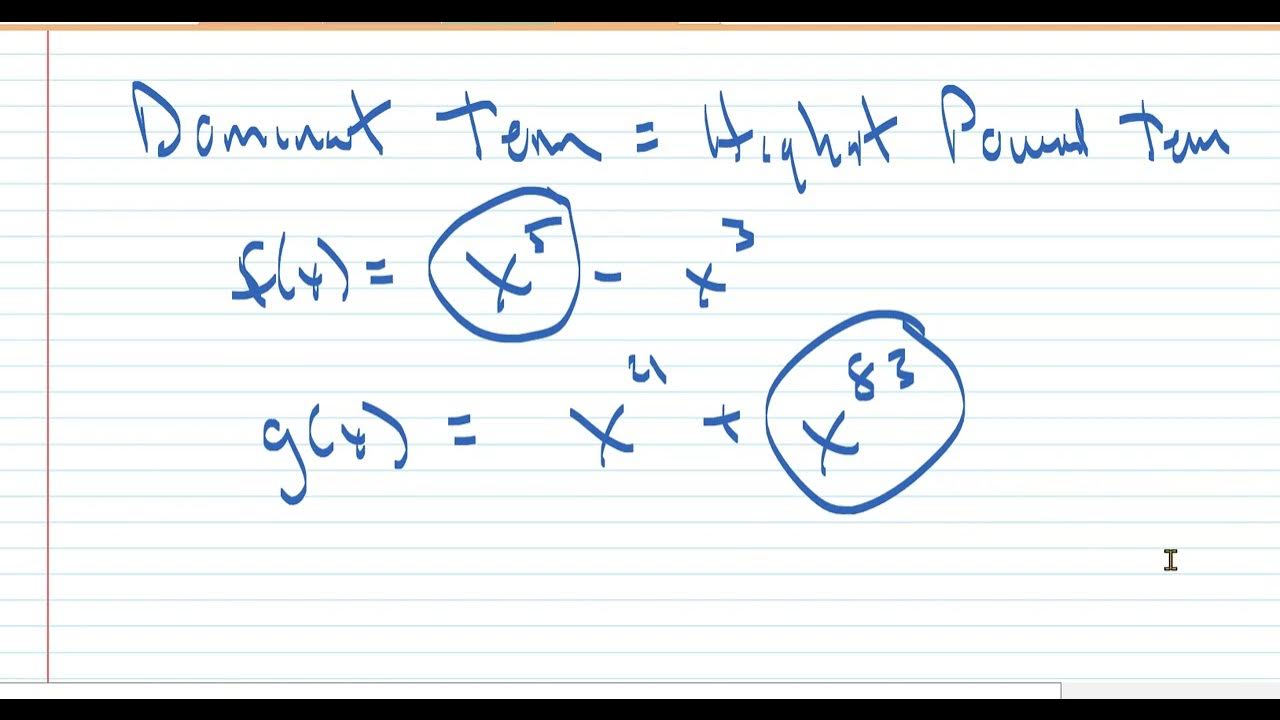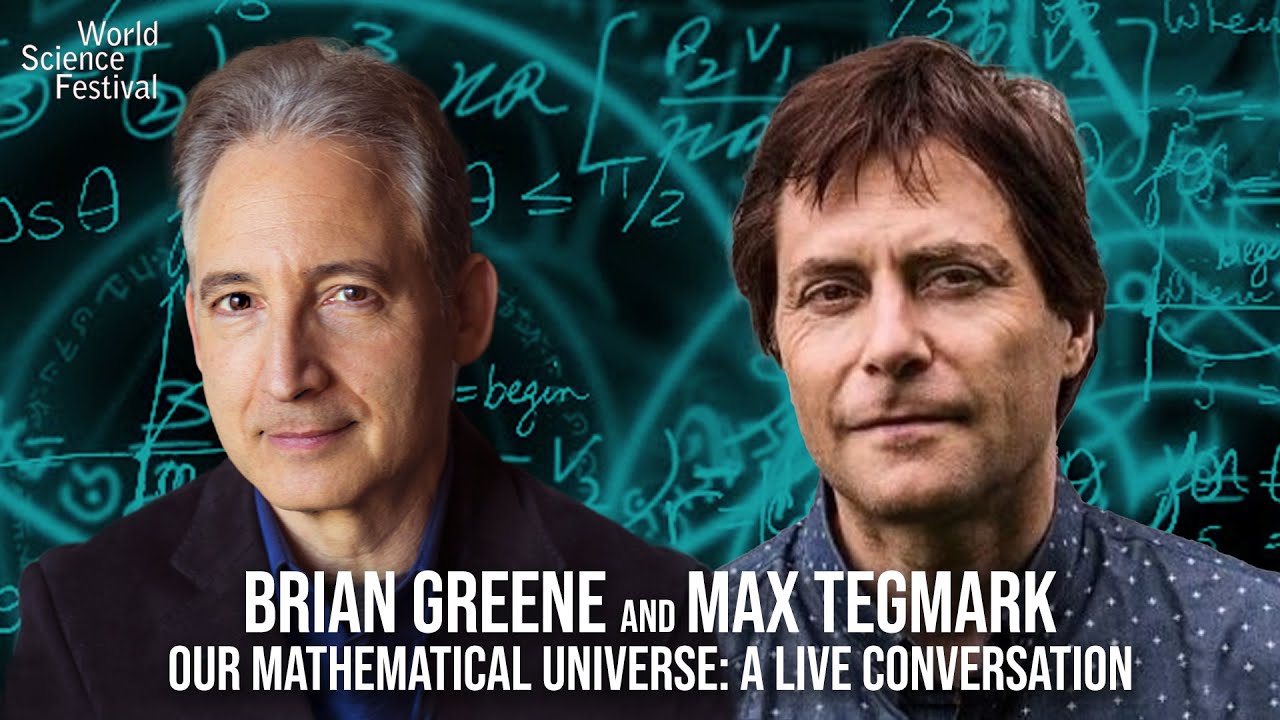The Banach–Tarski Paradox
TLDRThe video script explores the intriguing concept of infinity and paradoxes in mathematics, particularly focusing on the Banach-Tarski paradox, which seemingly allows an object to be divided into five pieces and then rearranged into two identical copies without any additional material. The script delves into the nature of infinity, different types of infinities, and their implications on our understanding of mathematics and the physical world. It challenges viewers' perceptions with thought-provoking examples like Hilbert's Grand Hotel and the Hyperwebster dictionary, ultimately questioning the limits of our knowledge and the mysteries that infinity holds for both math and reality.
Takeaways
- 🍫 The chocolate bar illusion demonstrates a mathematical trick where cutting and rearranging creates the appearance of an extra piece, but in reality, the final bar is smaller.
- 🌀 The Banach-Tarski paradox is a counterintuitive theorem stating that a sphere can be divided into five pieces and rearranged into two identical spheres without any stretching or adding material.
- ∞ The concept of infinity is not a number but a size, representing something without an end, and is central to understanding the paradox.
- 📈 There are different 'sizes' of infinity: countable infinity, like the number of hours in forever, and uncountable infinity, such as the number of real numbers between 0 and 1.
- 🔄 Georg Cantor's diagonal argument illustrates that the set of real numbers between 0 and 1 is uncountable by showing that a new number can always be generated from an existing list.
- 🔢 The idea of one-to-one correspondence shows that there are the same number of even numbers as there are whole numbers, despite intuition suggesting otherwise.
- 🏨 Hilbert's paradox of the Grand Hotel demonstrates the properties of infinity by showing that an infinite hotel can always accommodate new guests by shifting existing ones.
- 📚 The Hyperwebster, a hypothetical dictionary containing every possible word from the English alphabet, illustrates the vastness of infinity and the idea of decomposing a whole into its parts.
- 🌐 The process of decomposing a sphere into pieces that can recreate two identical spheres involves naming every point on the sphere's surface and aligning them with corresponding lines to the center.
- 🔄 The Banach-Tarski paradox raises questions about the intersection of mathematics and the physical world, and whether such a process could ever be realized in reality.
- 📖 The video script recommends several books for further exploration of the concepts of infinity, mathematics, and the philosophical implications of these ideas.
Q & A
What is the illusion discussed at the beginning of the script?
-The illusion discussed is the seemingly magical way of creating chocolate out of nothing. It involves cutting a 4 by 8 chocolate bar into certain pieces and rearranging them to form two 4 by 8 bars, giving the appearance of having an extra piece created out of thin air.
What is the actual truth behind the chocolate bar illusion?
-The chocolate bar illusion is misleading because, in reality, the final bars are smaller than the original. The squares along the cut are shorter, and the height lost is subtly added during the rearrangement, making it hard to notice the deception.
What is the Banach-Tarski paradox mentioned in the script?
-The Banach-Tarski paradox is a famous theorem in modern mathematics that states there is a way to take an object and separate it into five different pieces, which can then be rearranged into two exact copies of the original item, without any stretching or addition of material.
What does the script suggest about the concept of infinity?
-The script suggests that infinity is not a number but a concept representing a size - the size of something that doesn't end. It discusses different sizes of infinity, such as countable and uncountable infinity, and how they challenge our understanding of numbers and the universe.
How does the script explain countable infinity?
-Countable infinity refers to an endless but countable set of numbers. It is like the number of hours in forever or the number of whole numbers (natural numbers) used for counting. These sets are unending but can be counted from one element to another in a finite amount of time.
What is uncountable infinity, and how does it differ from countable infinity?
-Uncountable infinity is a concept representing a quantity that is too large to count. It is bigger than countable infinity because it includes not just whole numbers but all real numbers, including fractions and irrational numbers. The number of real numbers between 0 and 1 is uncountably infinite, larger than the set of all whole numbers.
What is the diagonal argument proposed by Georg Cantor?
-Cantor's diagonal argument is a proof that demonstrates the existence of more real numbers between 0 and 1 than there are whole numbers. It shows that even after using up every whole number, it is still possible to generate new real numbers that are not on an endless list of randomly generated numbers.
How does the script explain the paradox of there being the same number of even and odd numbers?
-The script explains that every even number can be matched with a whole number, establishing a one-to-one correspondence between the two sets. This means that infinity divided by two is still infinity, showing that there are the same number of even and odd numbers despite our intuition suggesting otherwise.
What is Hilbert's paradox of the Grand Hotel?
-Hilbert's paradox of the Grand Hotel is a thought experiment that illustrates the concept of infinity. It involves a hotel with a countably infinite number of rooms, all occupied, but still able to accommodate new guests by moving each guest to the next room, thus creating an endless supply of available rooms.
How does the script relate the concept of infinity to the Banach-Tarski paradox?
-The script relates infinity to the Banach-Tarski paradox by showing how infinite sets can be manipulated in ways that challenge our understanding of size and quantity. It suggests that the paradox might be possible because of the strange properties of infinite sets, where removing or rearranging elements does not necessarily reduce or increase the total quantity.
What is the Hyperwebster dictionary mentioned in the script?
-The Hyperwebster is a hypothetical dictionary that lists every possible word of any length that can be formed from the 26 letters of the English alphabet. It illustrates the concept of uncountable infinity by showing that there are more combinations of letters than there are whole numbers.
What are the implications of the Banach-Tarski paradox discussed in the script?
-The implications of the Banach-Tarski paradox discussed in the script include the potential for it to occur in the real world, its relevance to sub-atomic particle collisions, and the philosophical and scientific debates it has sparked about the nature of infinity, the limits of our understanding, and the relationship between mathematics and the physical universe.
Outlines
🍫 The Illusion of Chocolate and Banach-Tarski Paradox
This paragraph introduces a deceptive chocolate bar illusion that appears to create extra chocolate out of nothing. It then transitions into discussing the Banach-Tarski paradox, a counterintuitive theorem in mathematics that demonstrates a method to transform an object into two identical copies using only a portion of the original. The paradox challenges our understanding of infinity and the nature of size and shape.
🌌 Infinity and Countable vs. Uncountable
The second paragraph delves into the concept of infinity, distinguishing between countable and uncountable infinities. It explains that while the number of hours in forever is countable, the number of real numbers between 0 and 1 is uncountable. The famous diagonal argument by Georg Cantor is used to illustrate the difference, showing that even though there are infinite whole numbers, more real numbers can be generated between 0 and 1.
🏨 Hilbert's Paradox of the Grand Hotel
This paragraph introduces Hilbert's paradox, which uses the concept of an infinite hotel with a countably infinite number of rooms to illustrate the properties of infinity. It shows that even if every room is occupied, new guests can always be accommodated by shifting the existing guests to the next room. This paradox demonstrates the idea that infinity minus a finite number is still infinity.
📖 The Hyperwebster Dictionary and Infinite Words
The fourth paragraph discusses Ian Stewart's concept of the Hyperwebster, a theoretical dictionary that lists every possible word formed from the 26 letters of the English alphabet. It explores the idea of infinite combinations of words and how a publisher could use a shortcut to represent every word by omitting the first letter in each volume, highlighting the power of infinite sets.
🌐 Decomposing a Sphere: Banach-Tarski in 3D
The final paragraph applies the concept of Banach-Tarski paradox to a sphere, explaining how every point on its surface can be uniquely named and colored based on specific sequences of rotations. It then describes a process of decomposing the sphere into pieces that can be rearranged to form two identical spheres without adding any new material, questioning the physical validity of such a process and its implications for our understanding of the universe.
📚 Further Reading and Reflection on Infinity
In the concluding paragraph, the speaker recommends several books for further exploration of the concepts discussed in the video, such as the Banach-Tarski paradox, the nature of infinity, and the philosophical implications of these mathematical ideas. The speaker also encourages viewers to continue learning and to challenge their common sense understanding of the world in light of these mathematical revelations.
Mindmap
Keywords
💡Banach-Tarski paradox
💡Infinity
💡Countable infinity
💡Uncountable infinity
💡Diagonal argument
💡Hilbert's paradox of the Grand Hotel
💡Hyperwebster
💡Sphere
💡Rotations
💡Decomposition
💡Rearrangement
Highlights
The famous chocolate bar illusion is discussed, where it appears that a piece is created out of nothing.
The illusion is debunked as the final bar is actually smaller, with squares along the cut being shorter.
The Banach-Tarski paradox is introduced, which seemingly allows for an object to be divided and rearranged into two copies of the original without stretching.
Infinity is explored, challenging the common understanding of it as a number and instead considering it as a concept of size or unending quantity.
Countable infinity is explained, where an unending but countable set is described, such as the number of whole numbers.
Uncountable infinity is introduced, which is larger and cannot be counted, exemplified by the real numbers between 0 and 1.
Georg Cantor's diagonal argument is used to illustrate the concept of uncountable infinity and its vastness compared to countable infinity.
The paradox that there are the same number of even and odd numbers is presented, defying common sense.
Hilbert's paradox of the Grand Hotel demonstrates the counterintuitive nature of infinity in the context of a hotel with an infinite number of rooms.
The concept of infinity is applied to the geometry of a circle, showing that removing a point does not disrupt the countable infinite nature of points around its circumference.
The Hyperwebster dictionary is proposed, listing every possible word from the English alphabet, illustrating the vastness of combinatorial infinity.
The video's titular paradox is investigated by considering the decomposition of a 3D object into its entirety.
A method for naming every point on a sphere's surface is proposed, which involves a unique sequence of rotations.
The poles of rotation are discussed as points that can be named multiple times and colored differently, requiring special consideration.
The process of taking apart a sphere and reconstructing two identical spheres without adding anything is described, embodying the Banach-Tarski paradox.
The implications of the Banach-Tarski paradox are discussed, questioning the intersection of mathematics and the physical world.
The video concludes by suggesting that infinity and its properties, while strange, are valid within our system of understanding and measuring the universe.
Transcripts
Browse More Related Video
5.0 / 5 (0 votes)
Thanks for rating:





